Museduino 4.0 is OSHWA certified

View our certification here: https://certification.oshwa.org/us002128.html
Museduino 4.0 is OSHWA certified

View our certification here: https://certification.oshwa.org/us002128.html
The OSHWA Trailblazers fellowship will allow our current team to update our online documentation, including tutorials, schematics, soldering instructions, and project examples. We will also be writing a textbook with case studies from our various projects with museums, national parks, historic sites and installation artists, addressing issues around design and installation.
This is all possible with funding by OSHWA and the Sloan Foundation.

Field Project by Andrea Gallegos uses the Museduino for simplified connections between sensors and actuators.
View thesis paper here: SustainingGrowthdraft.pdf
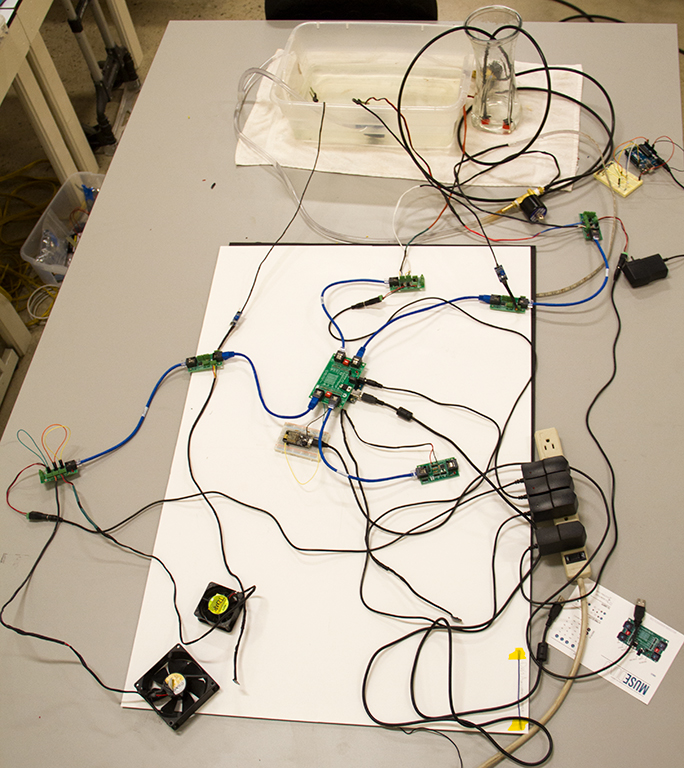
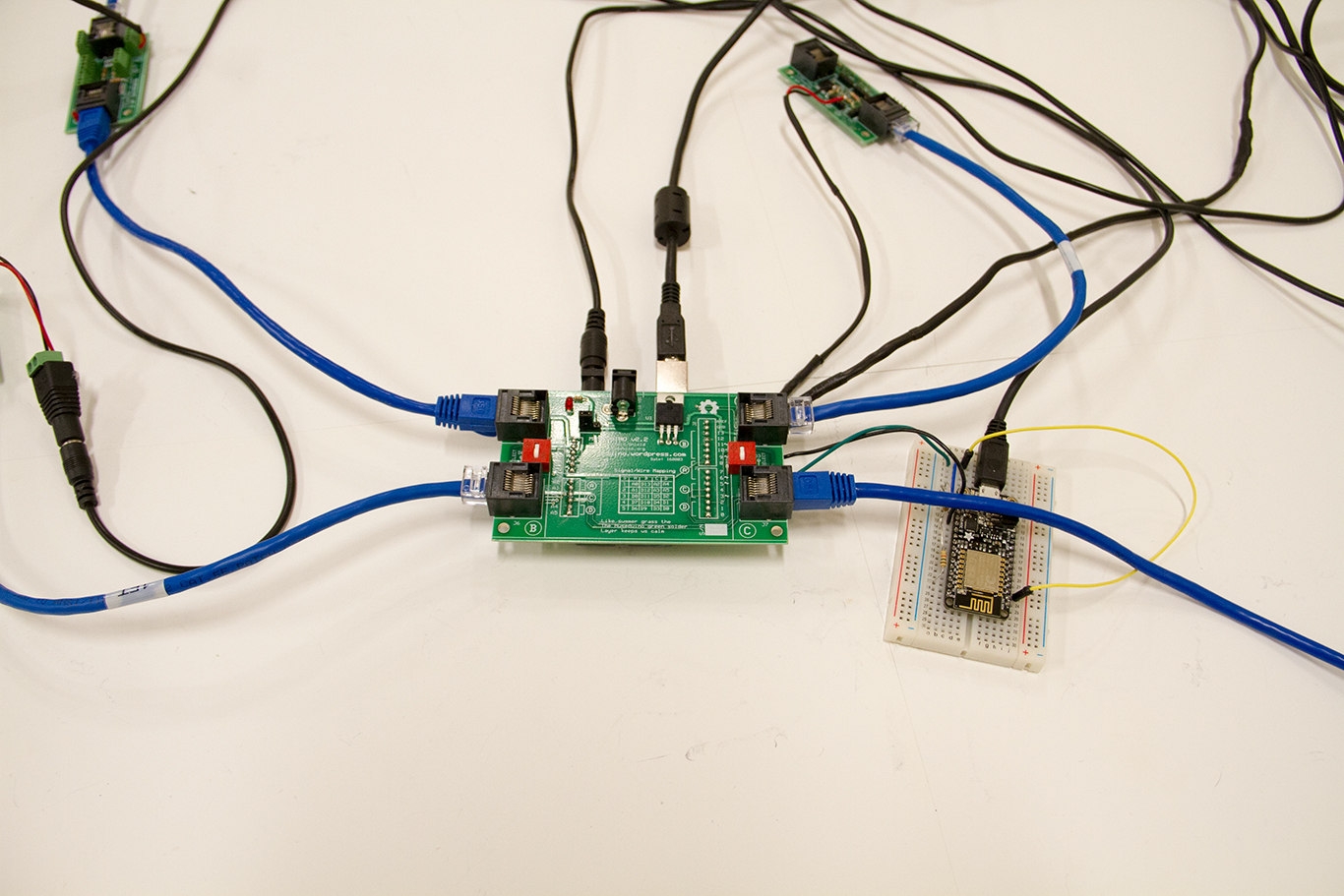
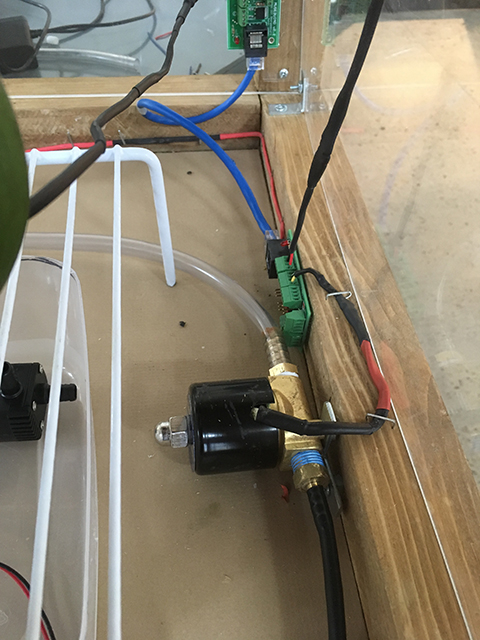
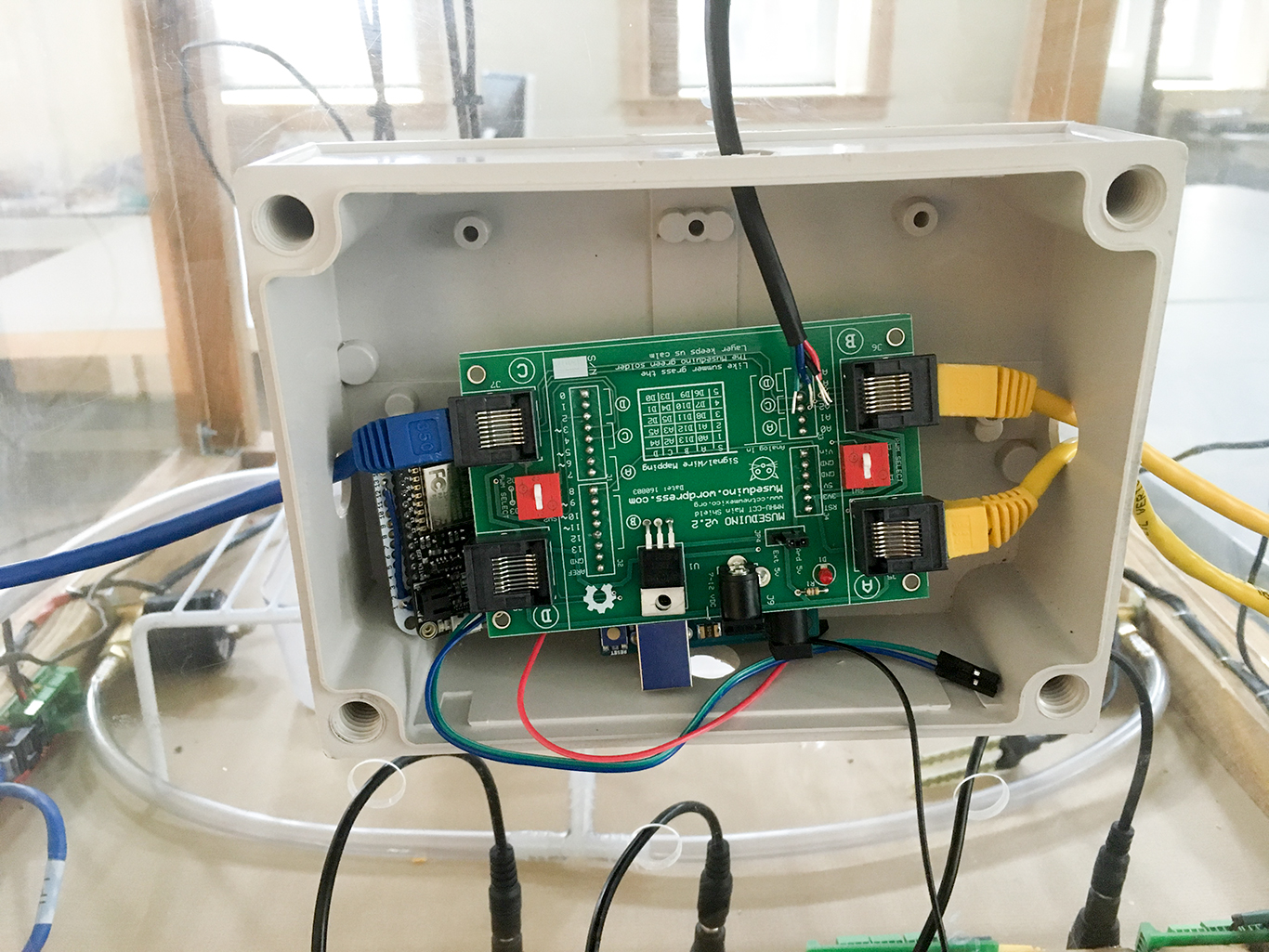
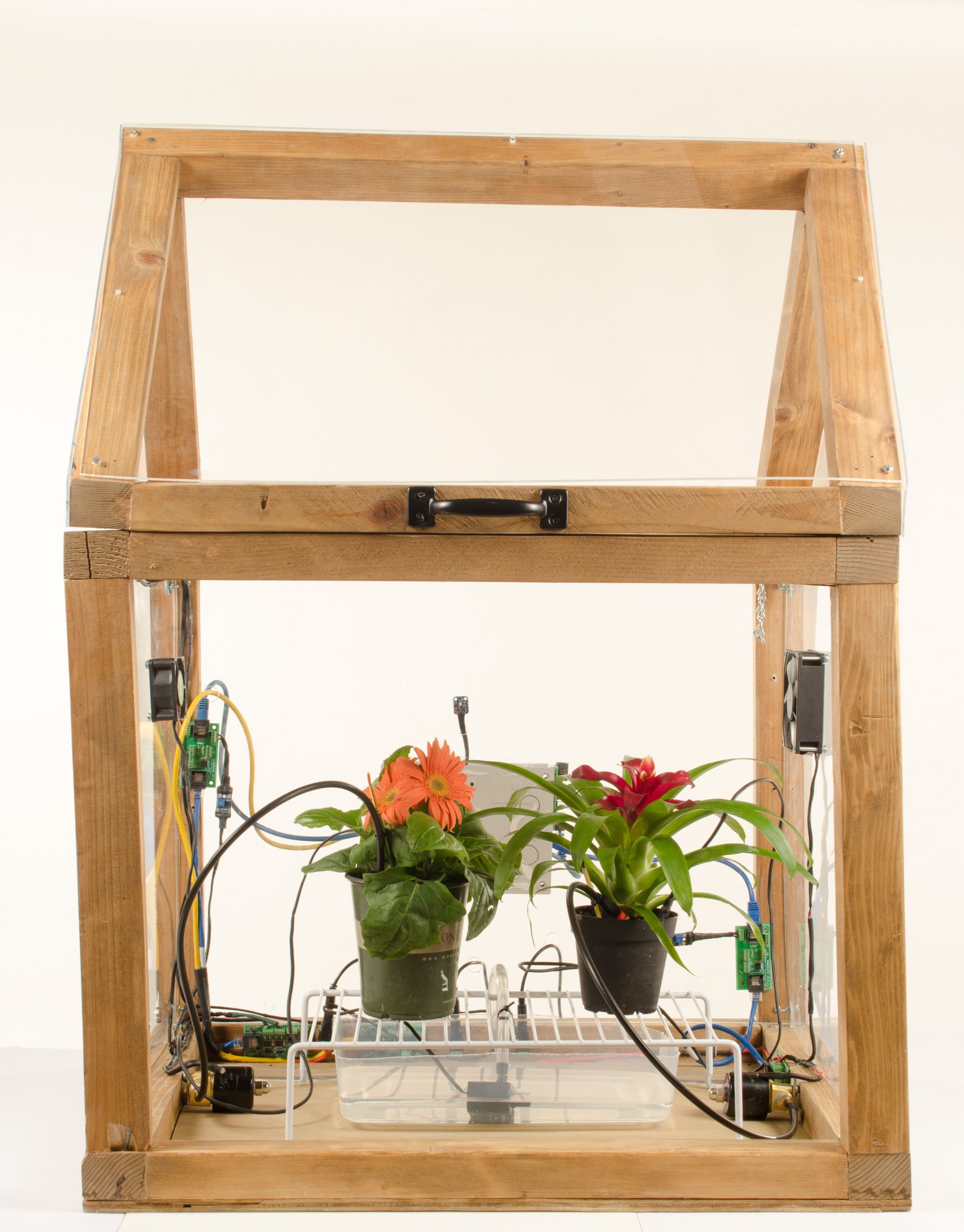
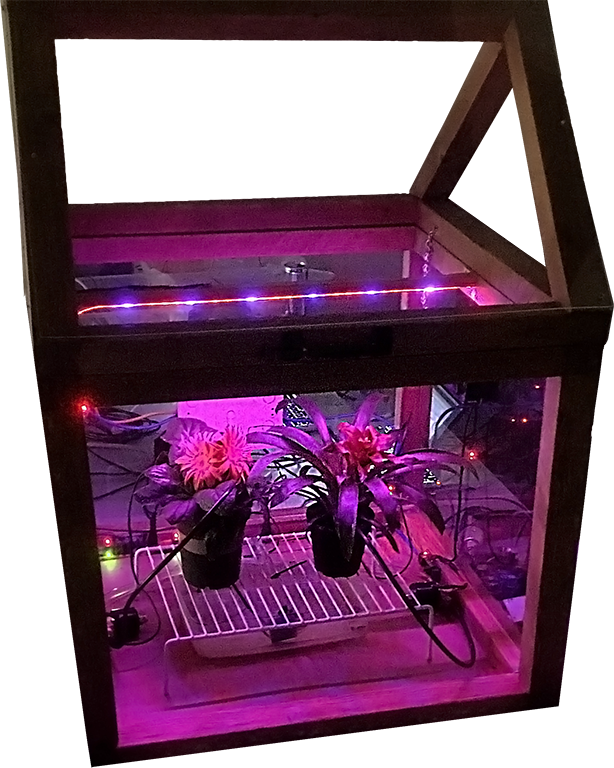
Arduino Day 2017
The Cultural Technology Development Lab will host an Arduino Day Show & Tell at the NM Museum of Natural History & Science, in Albuquerque NM.
Day: Saturday April 1st
Time: 10:00am-12:30pm
Where: Museum Classroom #2 (subject to change)
Cost: free
Open Source Hardware for Exhibits & Installations
10:00-10:15 – Welcome, What is Arduino Day, who are we & why do we participate?
10:15-11:15 – What is open source hardware? How is it used in museum environments? What are some examples? How have we built off of the Arduino platform to make robust, responsive exhibits, demonstrations
11:15-11:45- Museum tour of open source in action! Behind the fabric at the Hall of the Stars
11:45-12:30- Return to classroom, questions, additional demos, resources, how to get involved.
Our puppet theater sample project (created for Hands of Enchantment Puppeteers in Albuquerque, NM) uses the Bluetooth LE Shield in order to control the color of the neopixel strips with the Adafruit Bluefruit LE Connect iphone/android app. The final version uses Museduino 2.0, with 2 30-neopixel strips and 2 external power satellite boards.
Our pneumatic tube system is built as two stations that can send and receive messages on either end. Originally, each station housed their own arduino, but were autonomous systems, existing together but not communicating directly.
The original version was built for the Santa Fe children’s museum in NM.

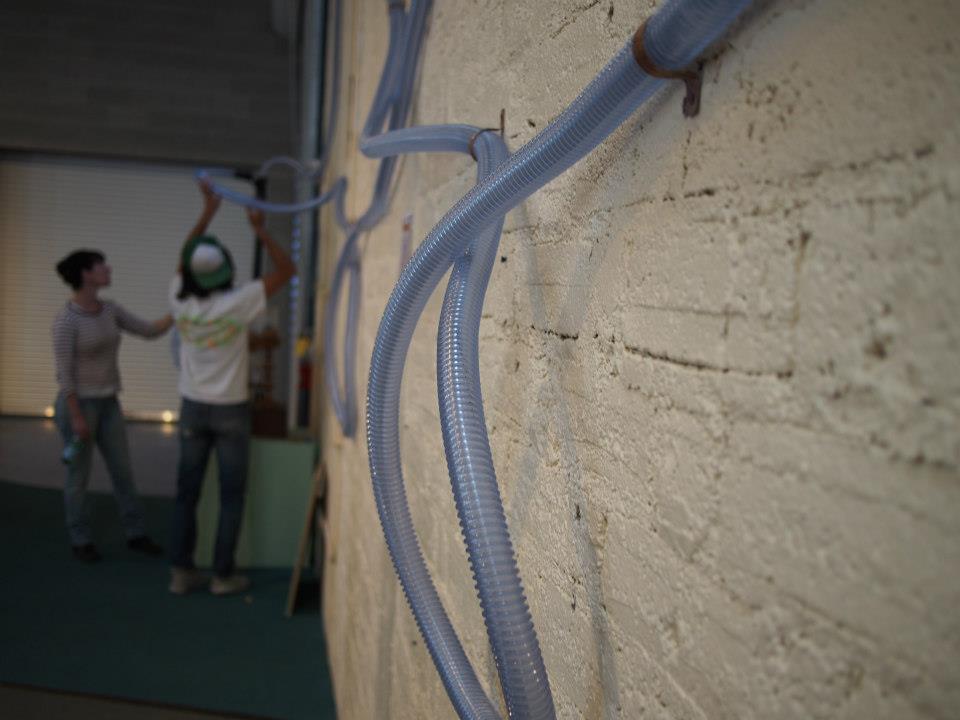
Since then, we have redesigned our pneumatic tubes prototype with the Museduino. Now we can use one Arduino for both stations. When a station sends a message, the lightbulb on the receiving end gets a light pulse, and when the other side receives the message, the sending side pulses. It’s a more real system, and despite the fact that its a complete anachronism, the joy of sending pneumatic messages feels current to us!